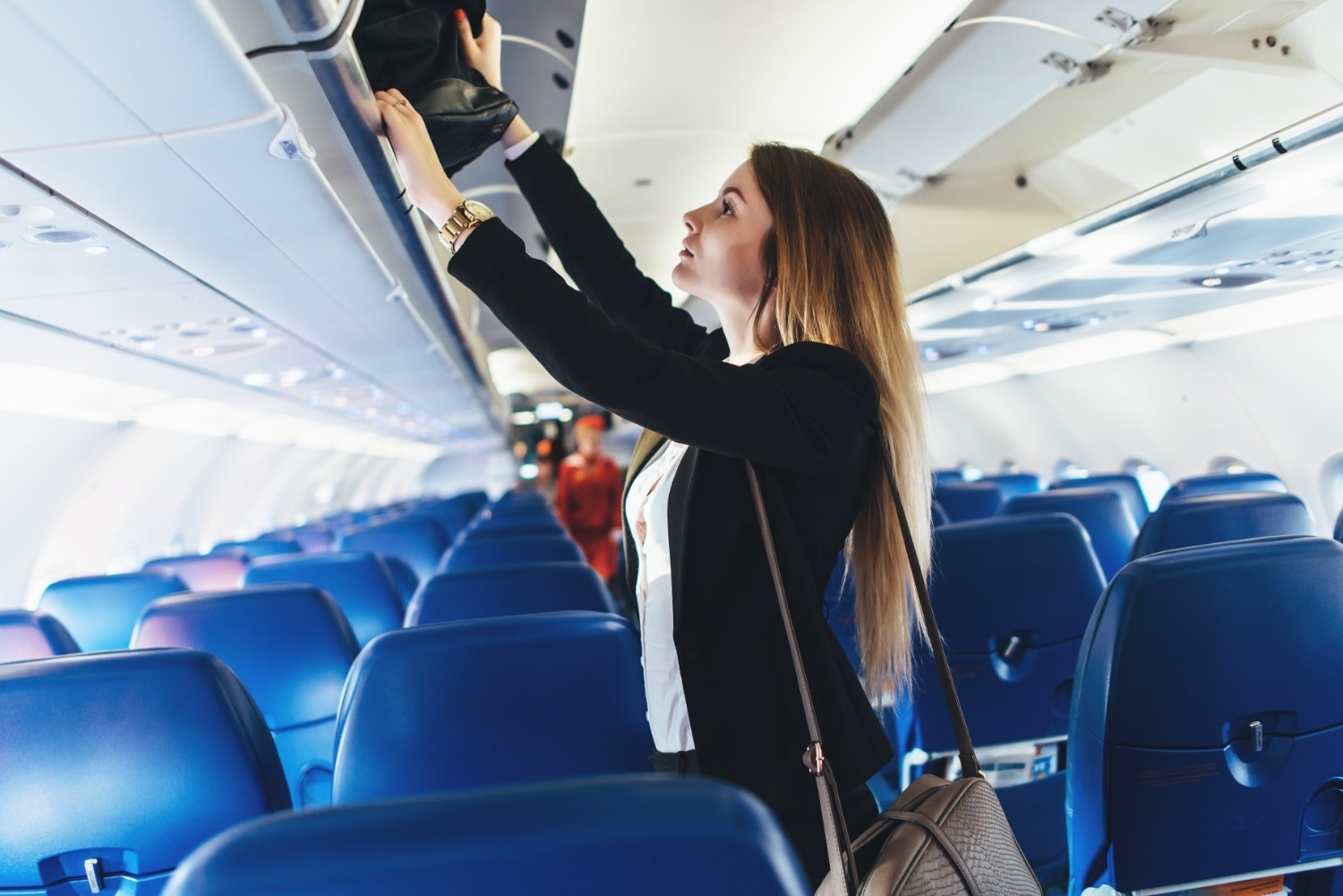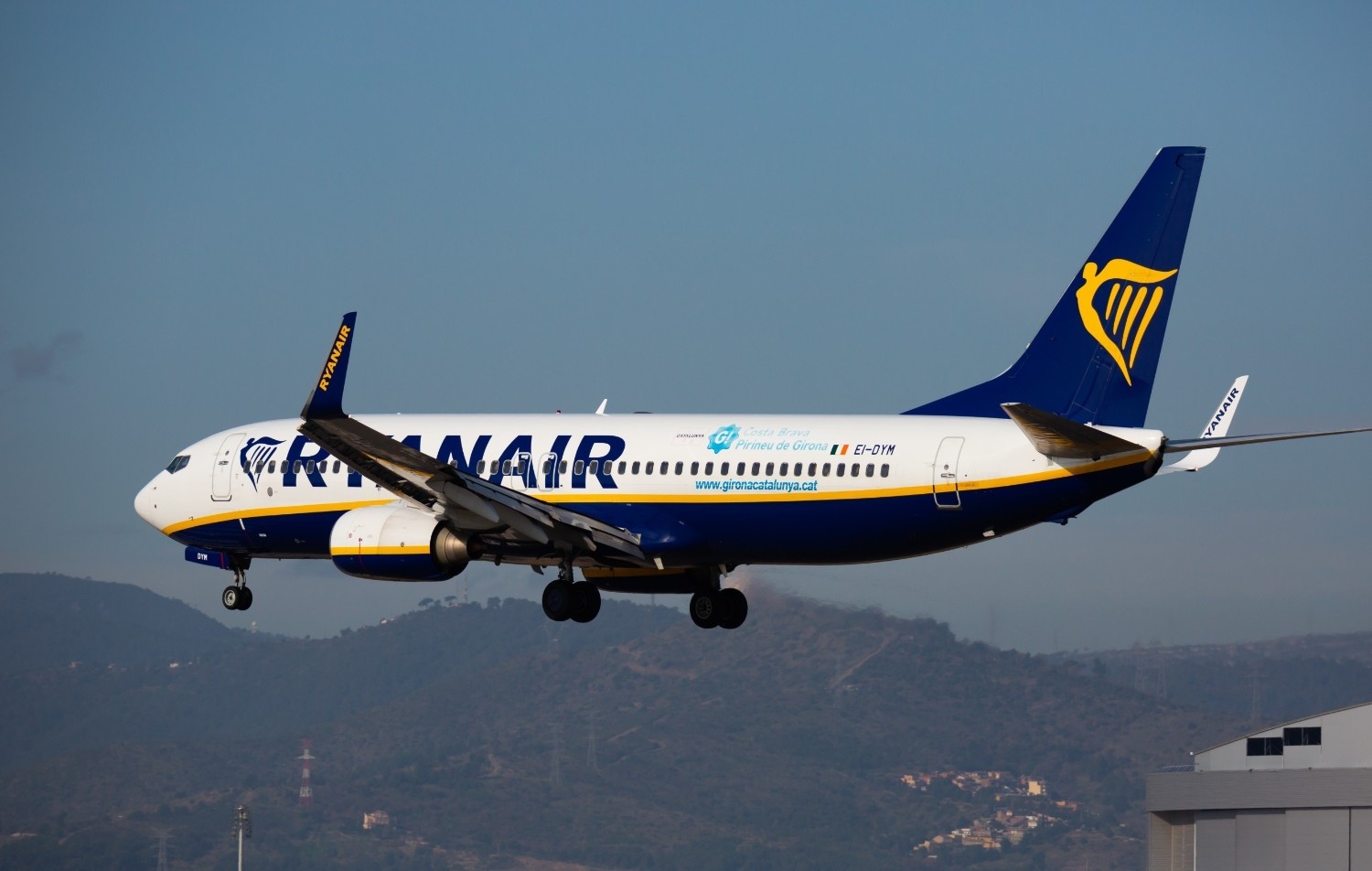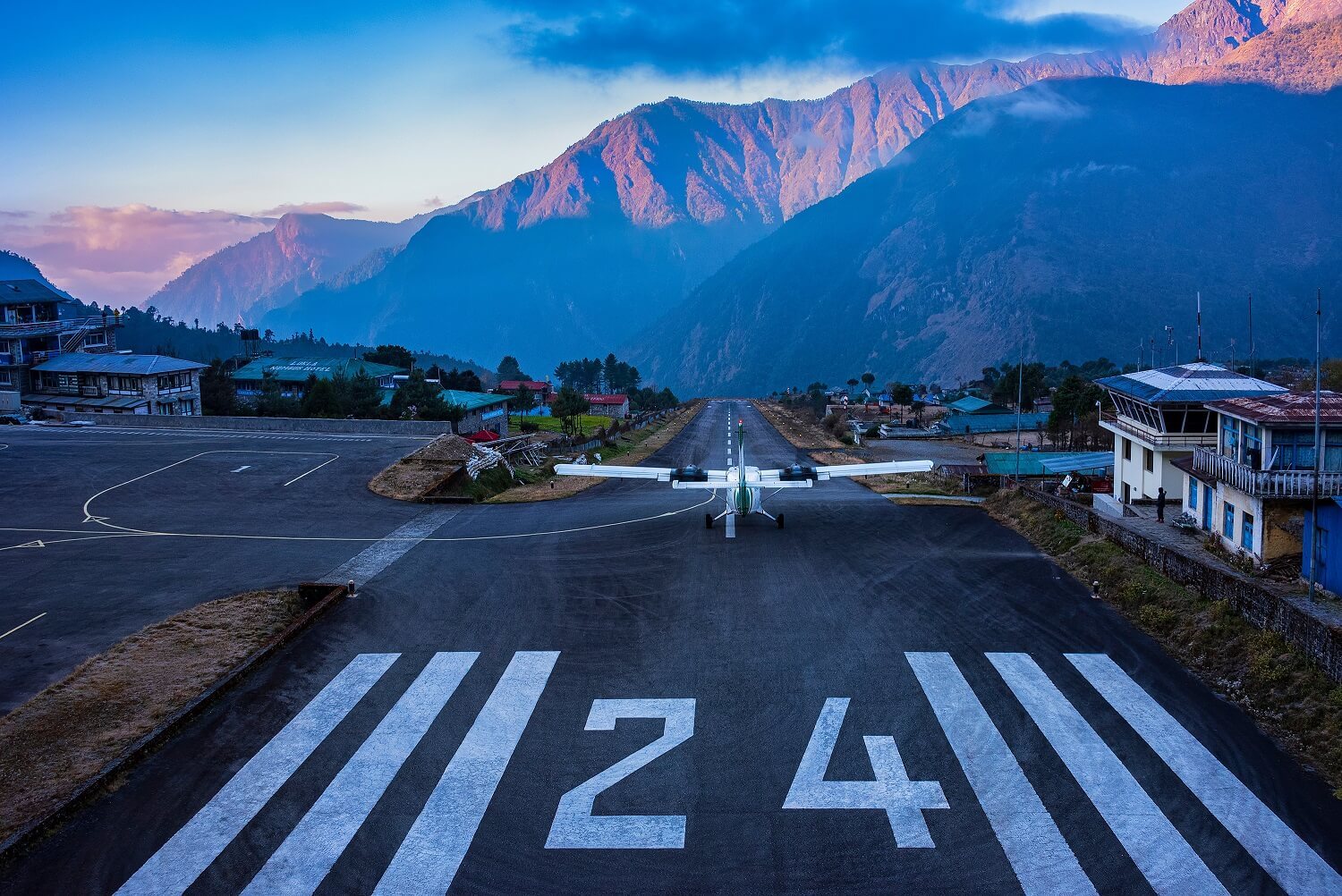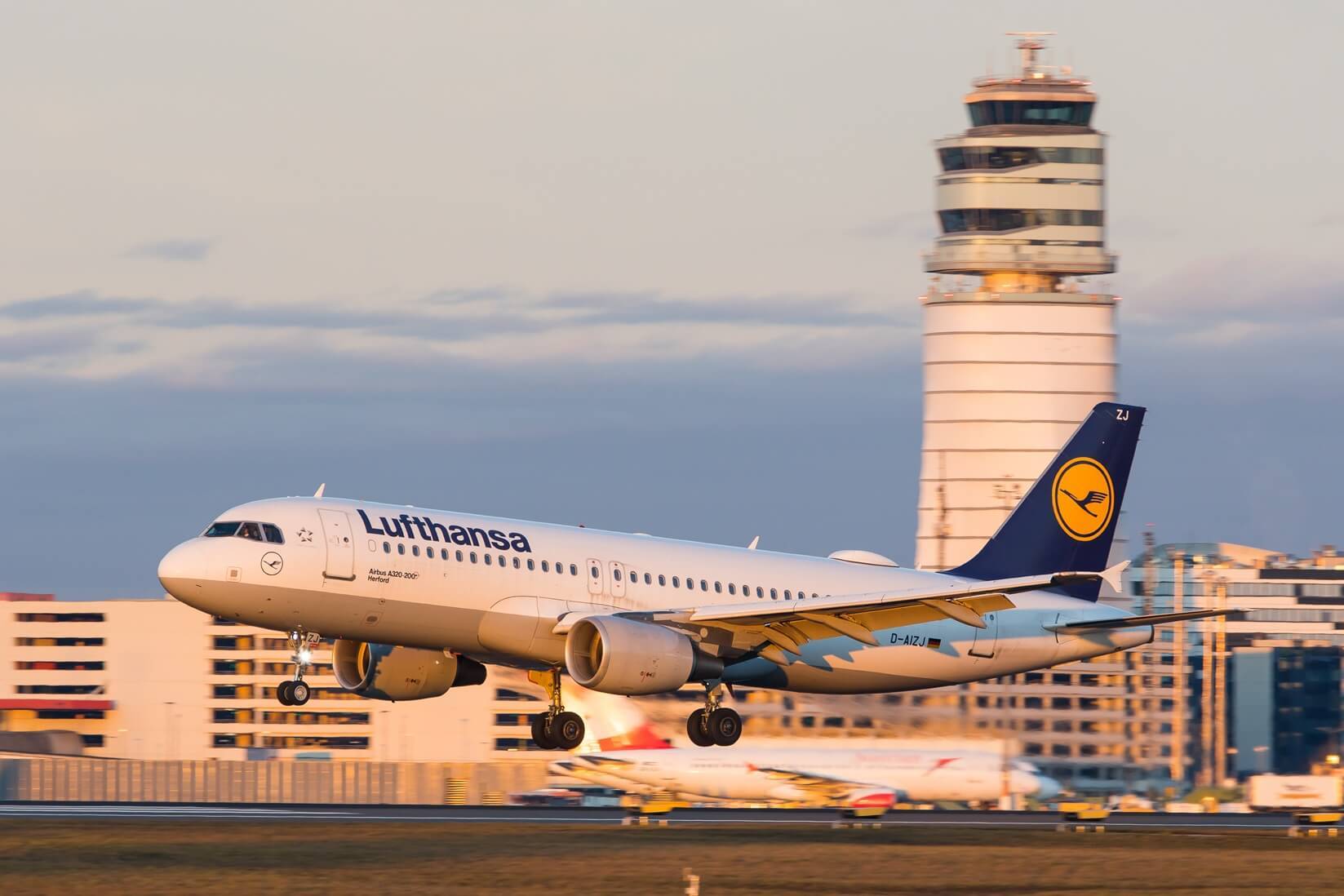The economics and evolution of airline baggage policies

Airlines have discovered a lucrative revenue stream through baggage fees, which have become a significant contributor to their ancillary income. This trend is particularly noticeable among both low-cost carriers and legacy airlines, where fees for luggage have steadily increased in prominence over the past decade.
Navigating baggage policies
Passengers encounter a maze of restrictions when it comes to their luggage, with airlines imposing specific size and weight limits for checked baggage, carry-ons, and personal items. These regulations are often accompanied by additional fees, creating a complex system that influences travelers' decisions.
The economics of baggage fees
Baggage fees are not arbitrary; they are carefully calculated based on various factors such as the size of the bag, its weight, the travel class, and the fare type. Airlines employ sophisticated pricing strategies to maximize revenue, offering different fare types that include or exclude baggage allowances and fees.
Strategic pricing dynamics
Airlines incentivize passengers to purchase baggage allowances in advance by offering lower prices online compared to airport rates. This pricing strategy aims to encourage early decision-making while capitalizing on last-minute purchases with higher fees, thereby optimizing revenue generation.
Historical evolution of baggage policies
The evolution of baggage policies traces back to the early days of aviation when limited cargo space necessitated restrictions on passenger luggage. As air travel became more popular and cargo bays were integrated into aircraft, airlines prioritized freight transportation over baggage, leading to the establishment of baggage limits.
The emergence of low-cost carriers in Europe revolutionized the airline industry's approach to ancillary revenue, including baggage fees. By charging for checked luggage, airlines found a new avenue to boost their income without raising base fares, a strategy later adopted by major carriers worldwide.
Beyond revenue generation, baggage restrictions serve operational purposes such as minimizing turnaround times, reducing labor costs, and optimizing cargo space. Excessive hand luggage not only delays boarding but also poses safety hazards, prompting airlines to enforce limits on the number and size of carry-ons.
Revenue impact and industry trends
Baggage fees have emerged as a vital source of revenue for airlines, with major carriers in the US alone generating billions of dollars annually from these fees. This substantial income underscores the industry's reliance on ancillary products to offset operating costs and enhance profitability.
Looking ahead, the practice of restricting baggage allowances is likely to persist as airlines continue to prioritize revenue optimization. In a competitive market environment characterized by rising fuel prices and fluctuating demand, ancillary income from baggage fees offers airlines a strategic advantage in sustaining their financial performance.
The imposition of baggage restrictions and fees reflects the airline industry's ongoing pursuit of revenue diversification and operational efficiency. While these policies may pose challenges for passengers, they have become indispensable components of airlines' business models, shaping the dynamics of modern air travel.
Latest posts
Ryanair goes paperless – What this means for your next flight
Ryanair ends paper boarding passes on Nov 12, 2025. Travelers must use the myRyanair app for check-in and boarding.
Flight delays and cancellations in August 2025
Check which flights were delayed in August 2025 – you may still be entitled to claim up to 600 € in compensation.
Flight delays and cancellations in July 2025
Check which flights were delayed in July 2025 – you may still be entitled to claim up to 600 € in compensation.












